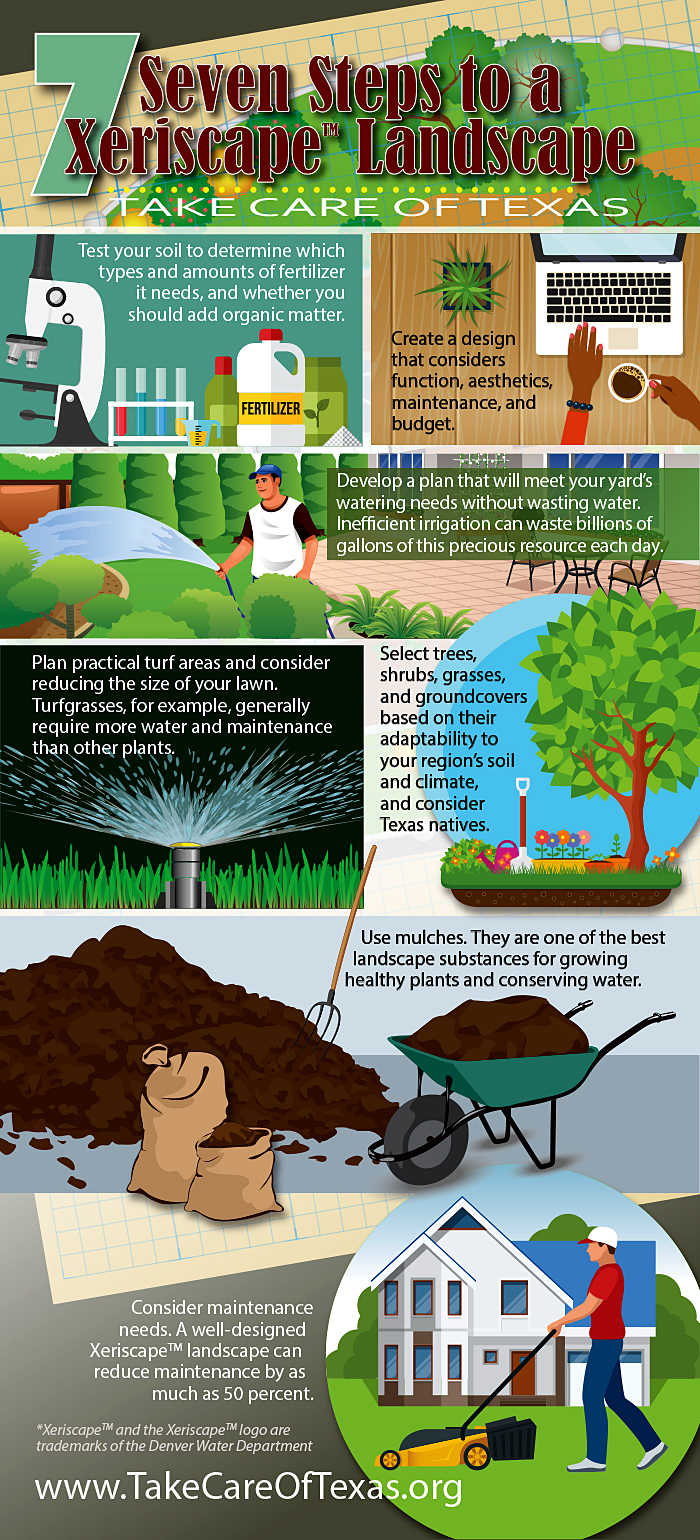Seven Steps to Xeriscape Your Lawn
- by
- Gene Caballero
- August 13, 2021
Xeriscaping is an excellent alternative to the traditional lawn. Best of all, it creates a very low demand for water consumption. Making it great for areas with water restrictions or droughts. But what does it take to create a good xeriscape? That is what we are about to find out!
What are the first steps to xeriscaping?
Like most projects, research and planning are needed to develop a healthy xeriscape. You will want to research plants and create a design that will work for your lawn. You will also want to get your soil tested throughout the land so you know what fertilizers and amendments you will need to make your lawn healthy.
What are the key benefits to xeriscaping?
The 2 biggest benefits to a well-designed xeriscape are creating a low-maintenance landscape and a landscape that requires very little water. A well-done xeriscape will rarely need to be maintained or cared for. It will simply be a part of the natural environment.
What types of plants should I add to my xeriscape?
You will want to find trees, shrubs, and plants that are adaptable to your region's soil and climate. It is typically best to use native species when possible.
Can a xeriscape have turfgrasses?
In general, a xeriscape will have very little if any turf grass-based lawn. The fact of the matter is grass needs a lot more water than some areas can provide without 24/7 irrigation. In general, you will want to limit or all-around avoid a turf grass lawn if xeriscaping is your goal.
Xeriscaping is an excellent way to create a drought-tolerant low-maintenance landscape that will last for years to come. This infographic is from Take Care of Texas. Check them out for more great info on how to properly xeriscape your lawn. Xeriscaping is also a style of landscape that many folks simply prefer to have. It offers a unique alternative to the traditional American turf grass-based lawn.
Powered by Froala Editor











